Language:
Crabs
As can be seen in work F100 (1966), this large movement and the perspective expressed in each crab leg honestly depicts the rigid and meticulous artist’s inner life (Yasuo Tanaka, ‘Painting over the spirit of the last minute’, Six Artists’ Posthumous Exhibition Collection).
I was immensely impressed when Mr Maruyama, a rigid and meticulous man, talked about how much he had suffered to reach that state of being after abandoning his past work. (Hajime Minamiohji, ‘Dedicated to Tsuneo Maruyama’, posthumous collection.)
When people think of Mr Maruyama, they think of crabs, and when people think of crabs, they think of Mr Maruyama. Crabs were such a good subject for Mr Maruyama’s paintings. It is no exaggeration to say that Mr Maruyama’s crabs were born again and discarded by his hand. The vermilion is beautiful in its own right, but it seems to me that the white colour favoured by Mr Oka Shikanosuke is deeply involved. (the owner of Dahitsu-kan, After viewing the exhibition of Tsuneo Maruyama’s posthumous works Part I )
This work, which evokes a mysterious fire, is very similar in composition to the enduring ‘ Seashore’. The intricately layered crabs are composed into a pyramid shape by mental manipulation, and the effect creates a strong contrast. (Yasuo Tanaka, ‘Tsuneo Maruyama,’ Nagano Prefecture Art Collection 7, The World of Western-style Painting Blossoming in the Region)
I recently viewed two oil paintings, often regarded as masterpieces, at a Gustav Klimt exhibition: Danaë and Judith II. Although the themes—Danaë and Judith—differ in their portrayal of women as symbols of eroticism and strength, I noticed that the conceptual approach (method, spirit, colour rendering in oils, etc.) bears similarities between the beginning and the end of this century. This observation led me to reflect on Mr. Maruyama’s approach. Personal taste varies, and I must admit, I was not particularly fond of Mr. Maruyama’s Rococo-style ostentation. It is said that Klimt’s art is shaped by Jugendstil (Art Nouveau) and Romanticism, and applying that lens to Maruyama’s work, I find myself now realising just how much he offered to contemporary art. His work seems to hold the key to unlocking the confusion and challenges in modern painting. (Toshimichi Kutsukake, Eulogy, Shunyō No. 52, 10 March 1986)
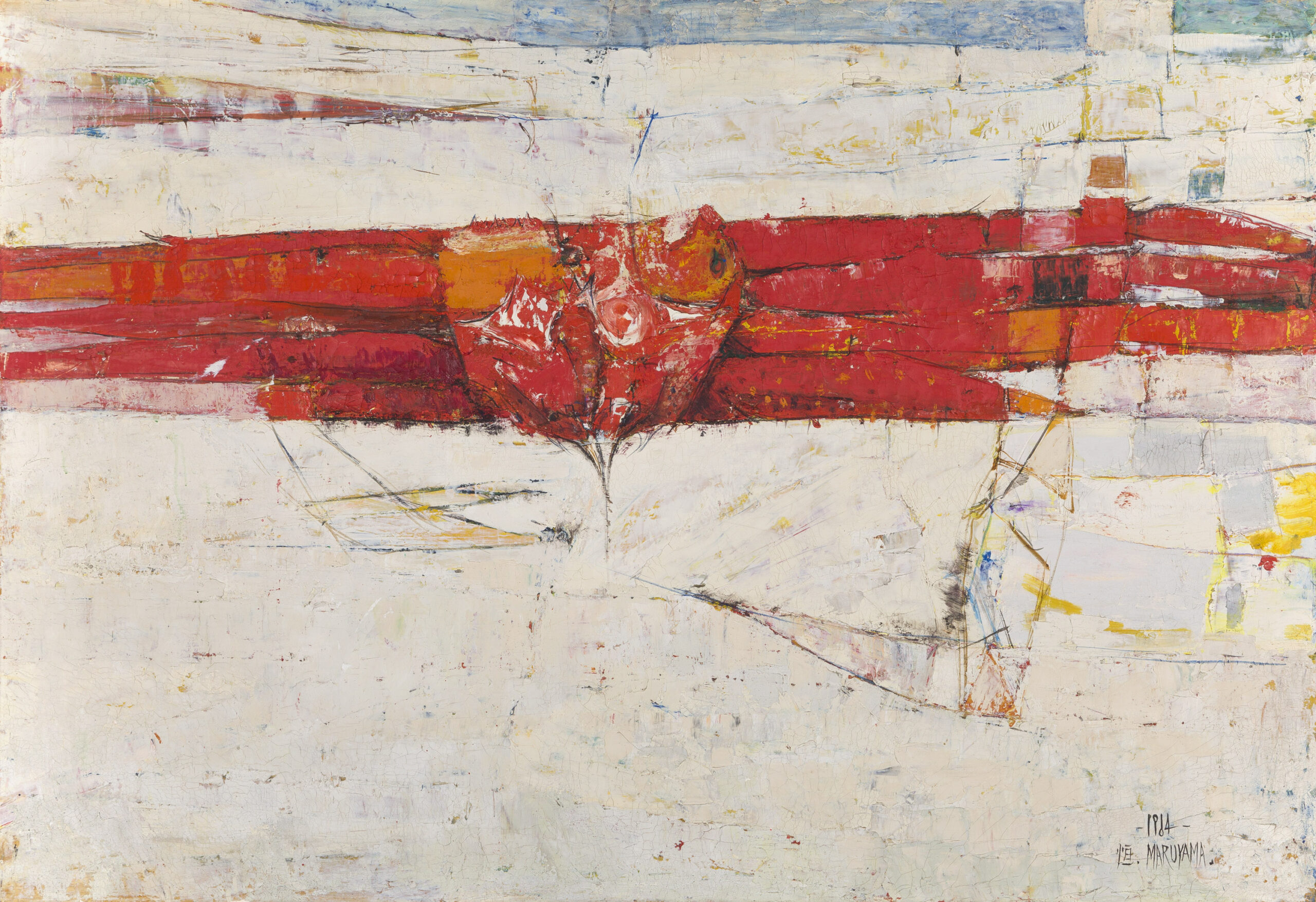 Crab 41th Shunyo Exhibition 1964 P50 Collection of the Ueda Sozo-kan Museum
Crab 41th Shunyo Exhibition 1964 P50 Collection of the Ueda Sozo-kan Museum
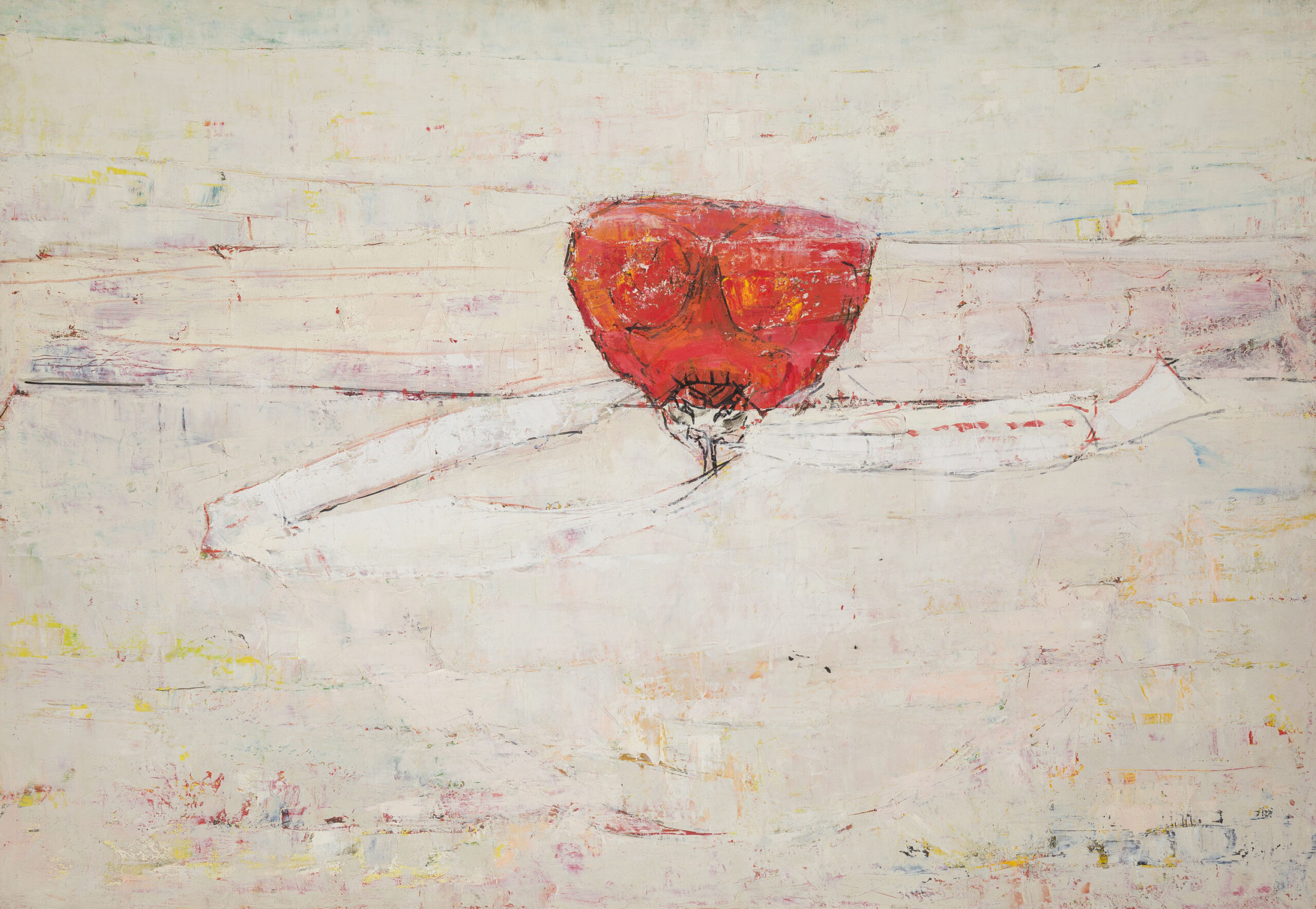 Red 42th Shunyo Exhibition 1964 F50
Red 42th Shunyo Exhibition 1964 F50
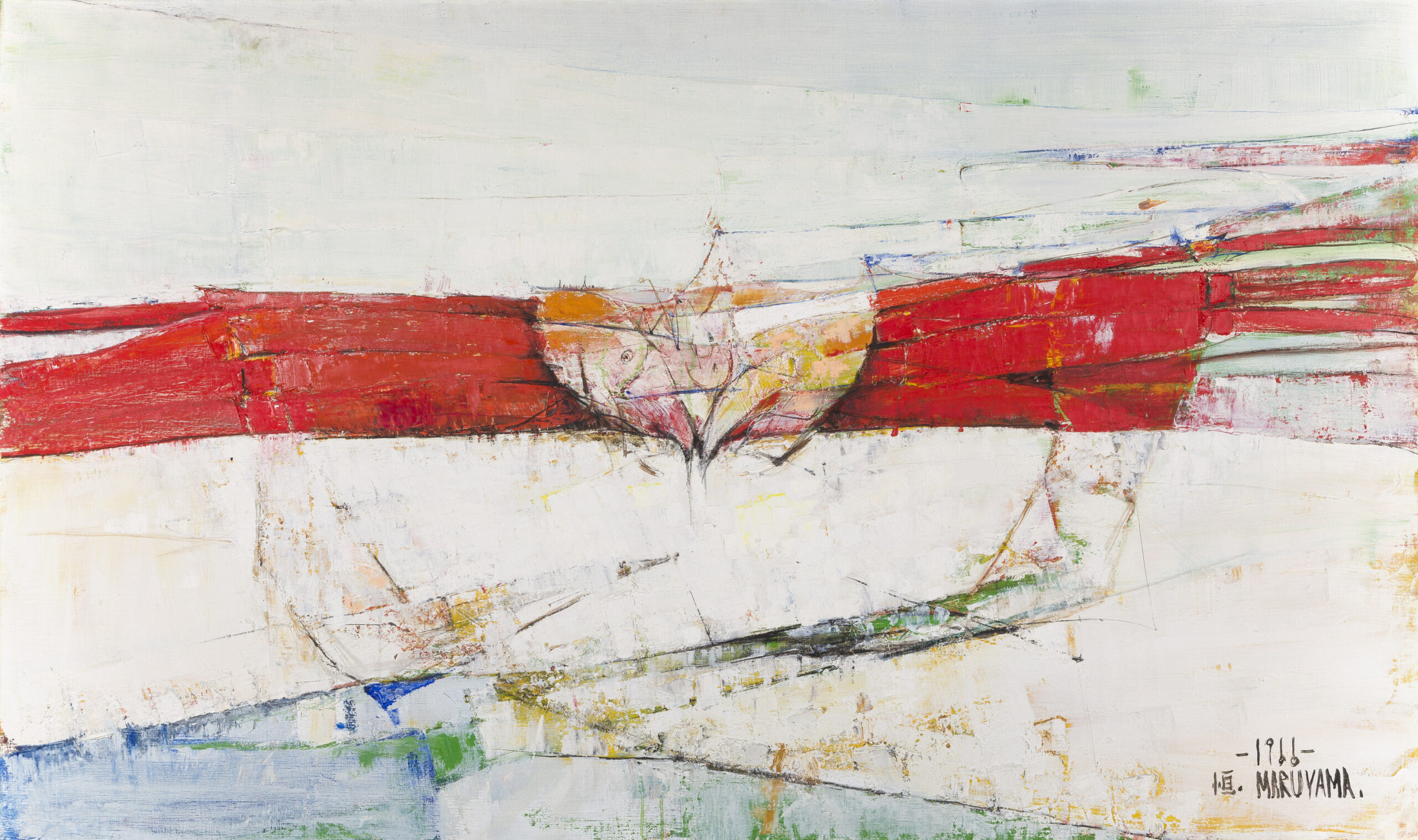 Crab 43th Shunyo Exhibition 1966 F100 Collection of the Ueda Sozo-kan Museum
Crab 43th Shunyo Exhibition 1966 F100 Collection of the Ueda Sozo-kan Museum
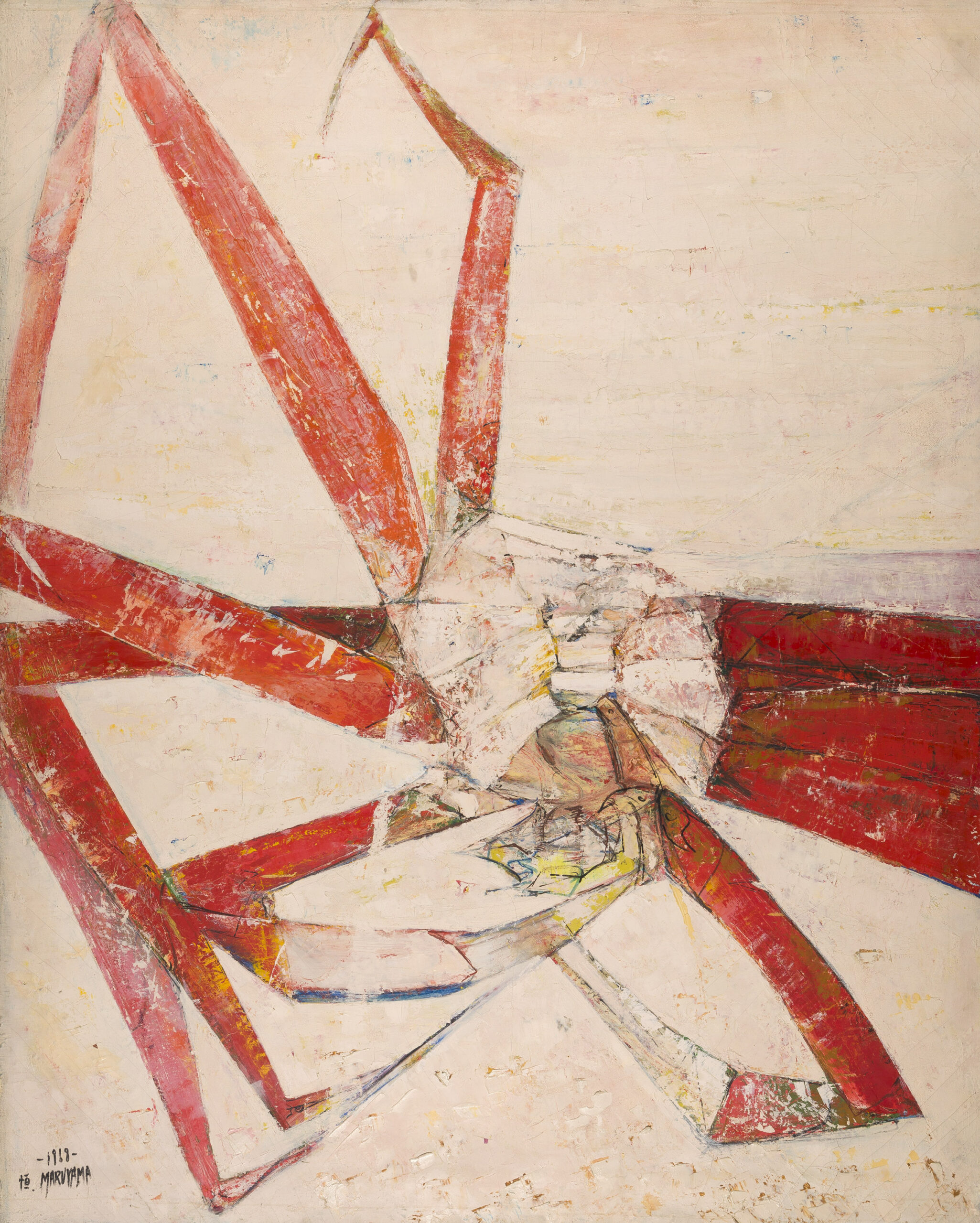 Crab (kick) 45th Shunyo Exhibition 1968 F100
Crab (kick) 45th Shunyo Exhibition 1968 F100
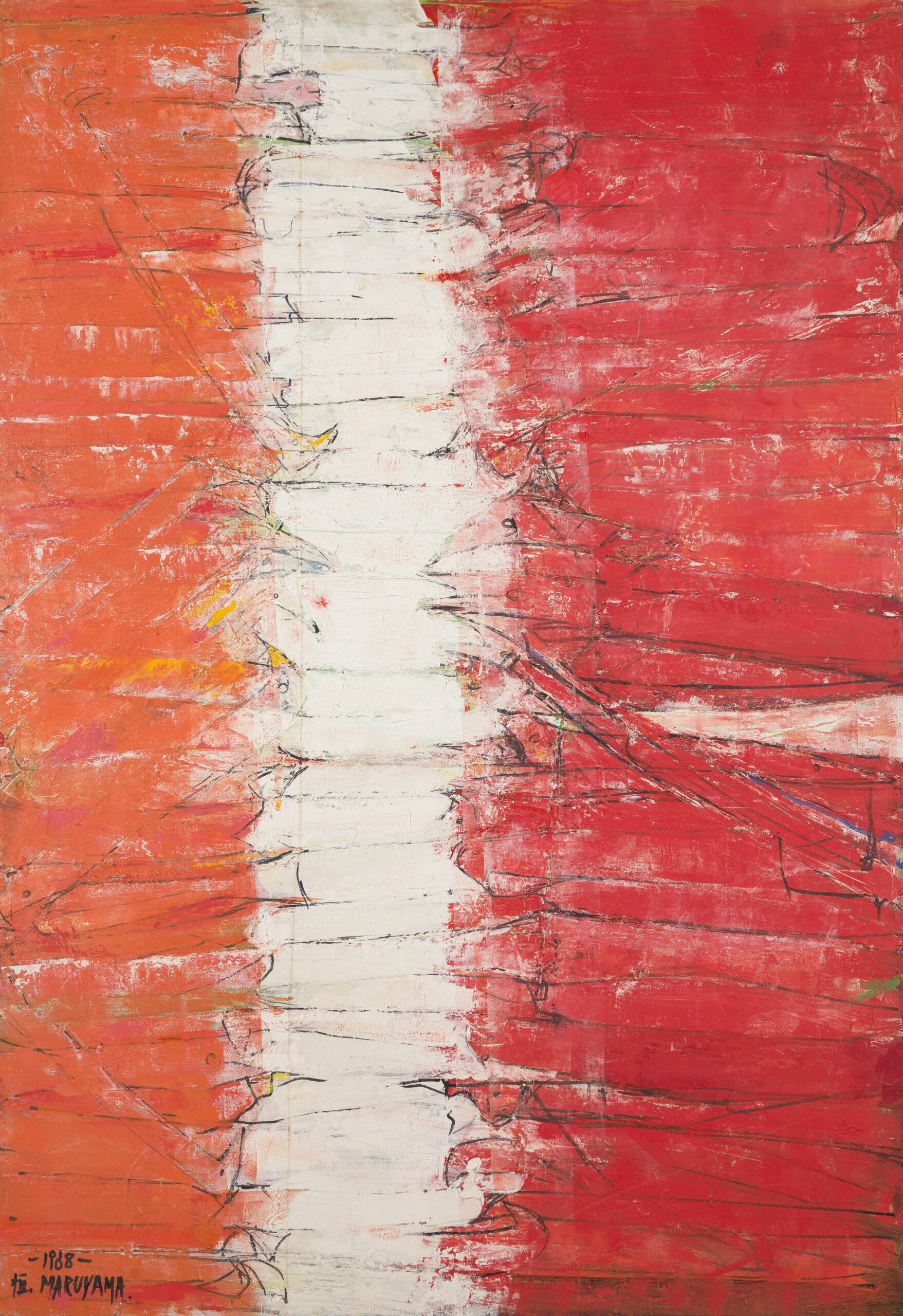 Counter for sets 45th Shunyo Exhibition 1968 P50
Counter for sets 45th Shunyo Exhibition 1968 P50
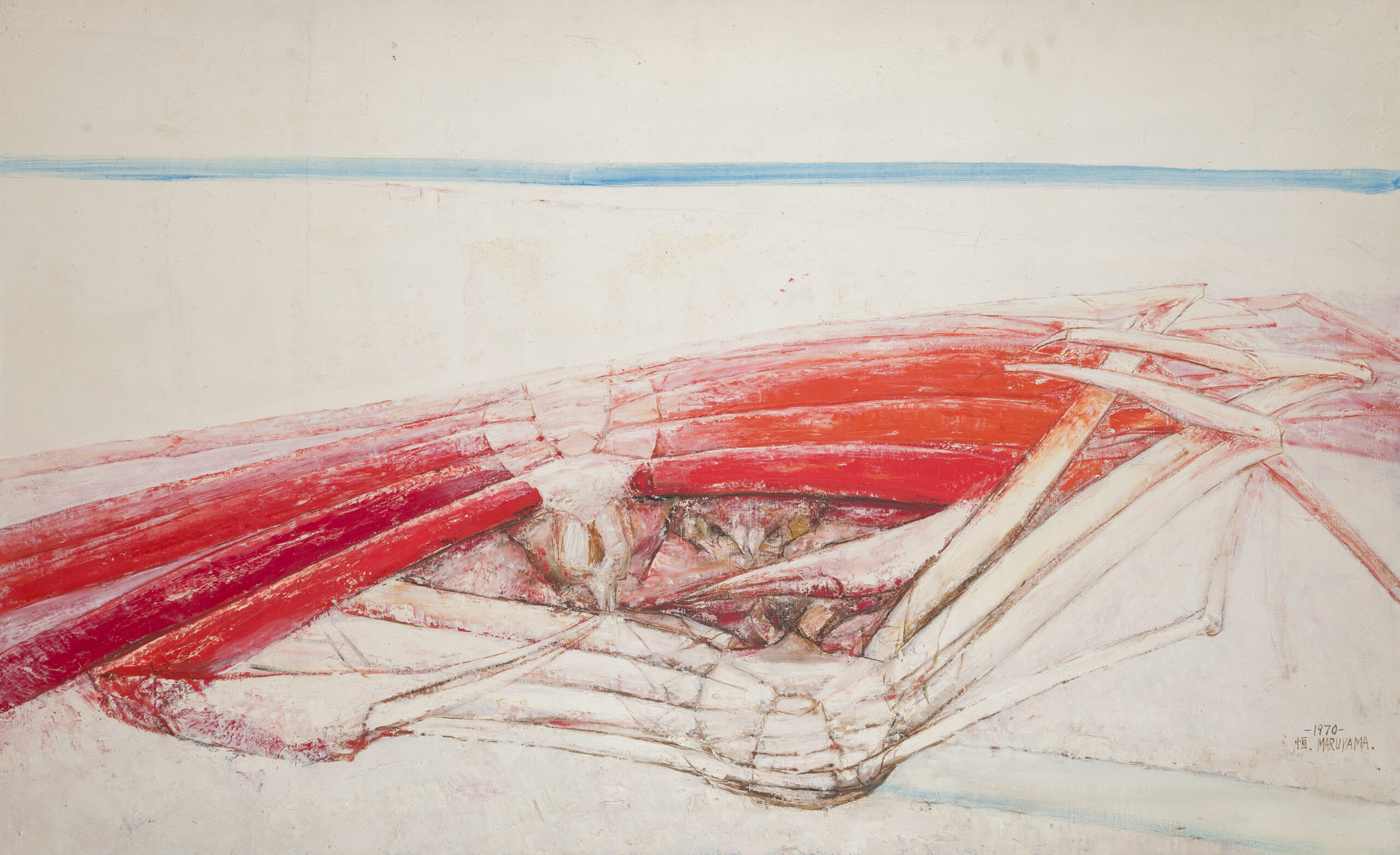 Crab 47th Shunyo Exhibition 1970 P50
Crab 47th Shunyo Exhibition 1970 P50
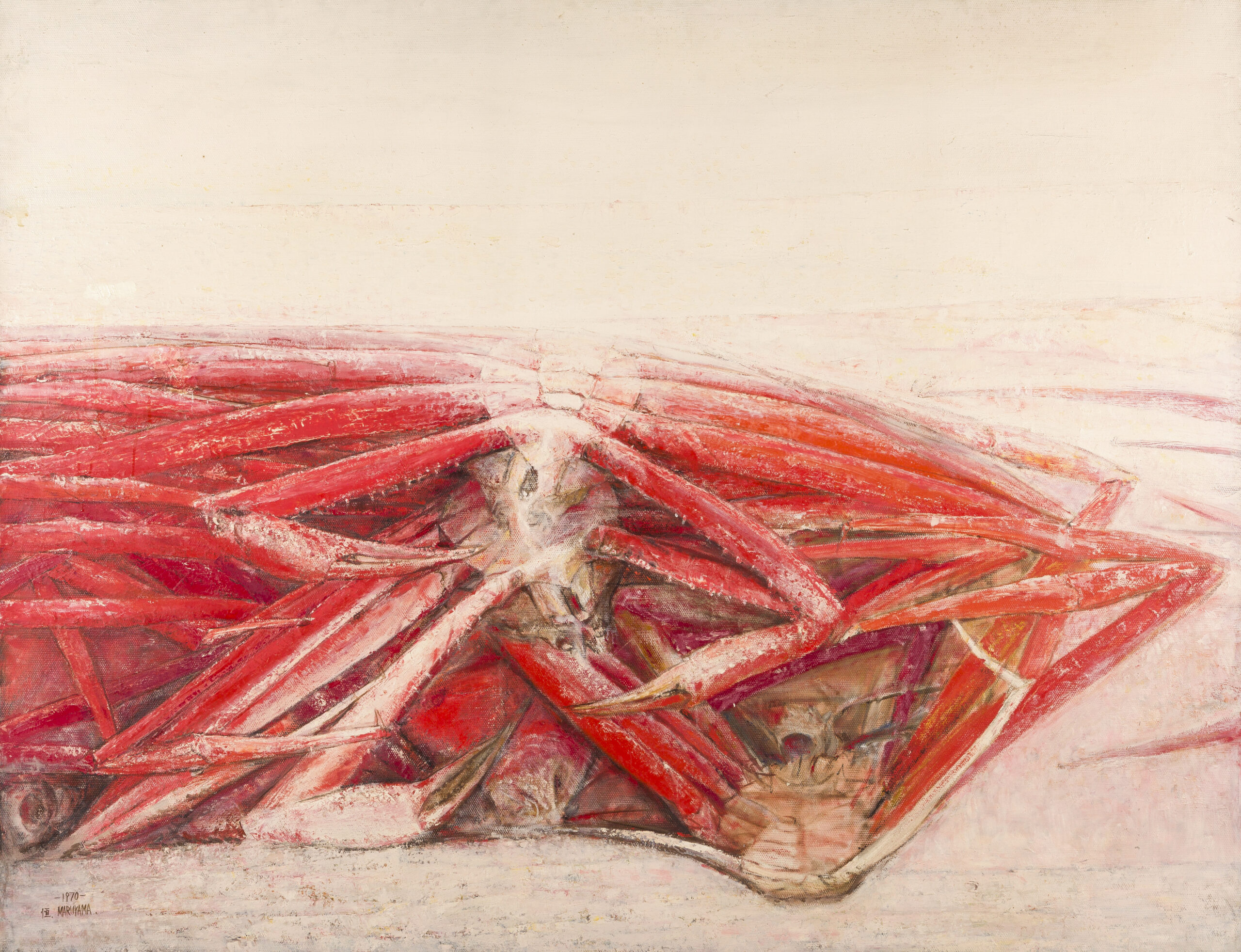 Crab 47th Shunyo Exhibition 1970 F80
Crab 47th Shunyo Exhibition 1970 F80
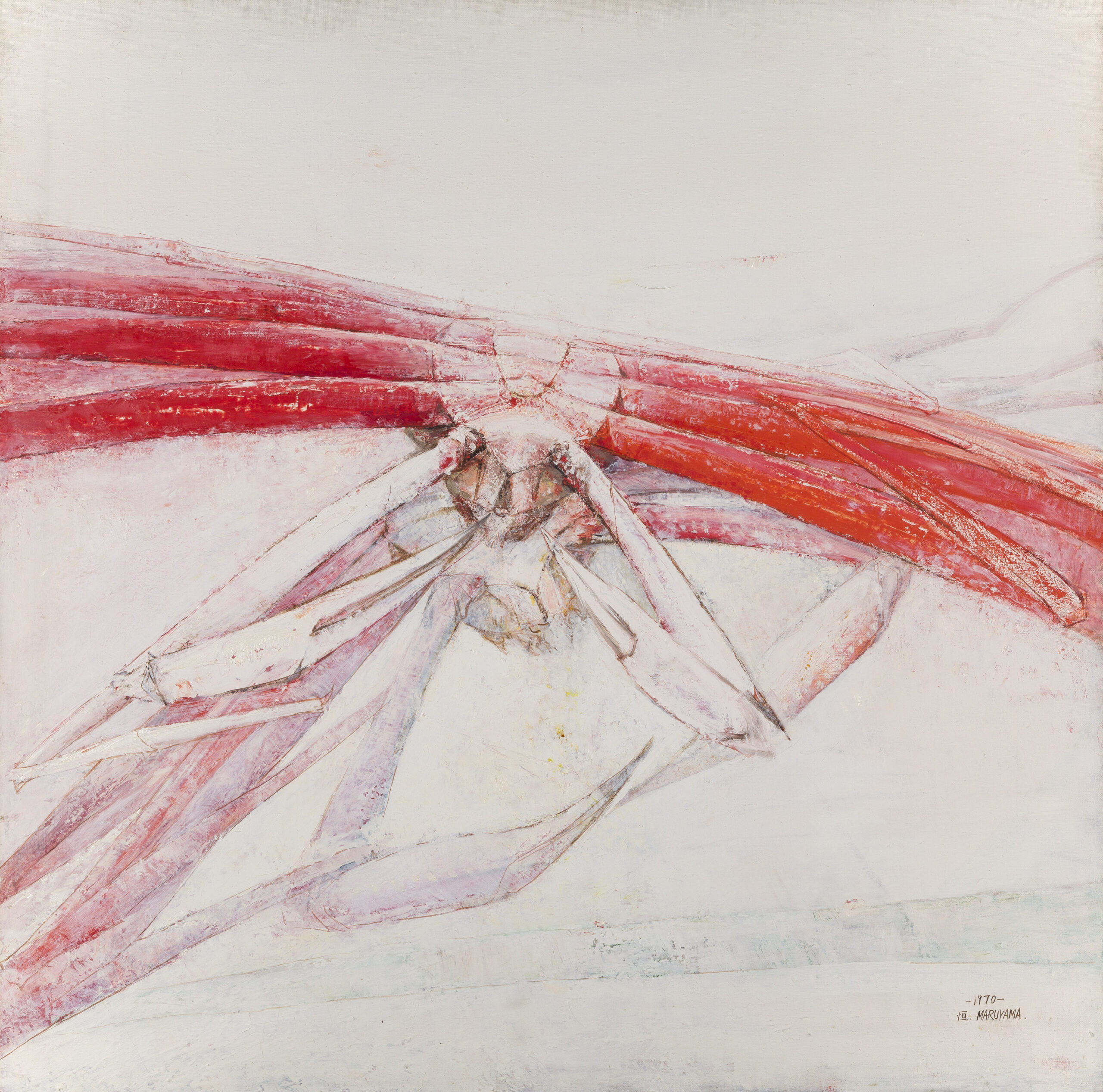 Crab 1970 47th Shunyo Exhibition S50 Collection of the Ueda Sozo-kan Museum
Crab 1970 47th Shunyo Exhibition S50 Collection of the Ueda Sozo-kan Museum
 Landscape (Open) 1971 48th Shunyo Exhibition Yasui Prize Exhibition F100 Collection of the Ueda Sozo-kan Museum
Landscape (Open) 1971 48th Shunyo Exhibition Yasui Prize Exhibition F100 Collection of the Ueda Sozo-kan Museum
 Three crabs 1973 48th Shunyo Exhibition Yasui award Exhibition 63th Shunyokai Exhibition P80
Three crabs 1973 48th Shunyo Exhibition Yasui award Exhibition 63th Shunyokai Exhibition P80
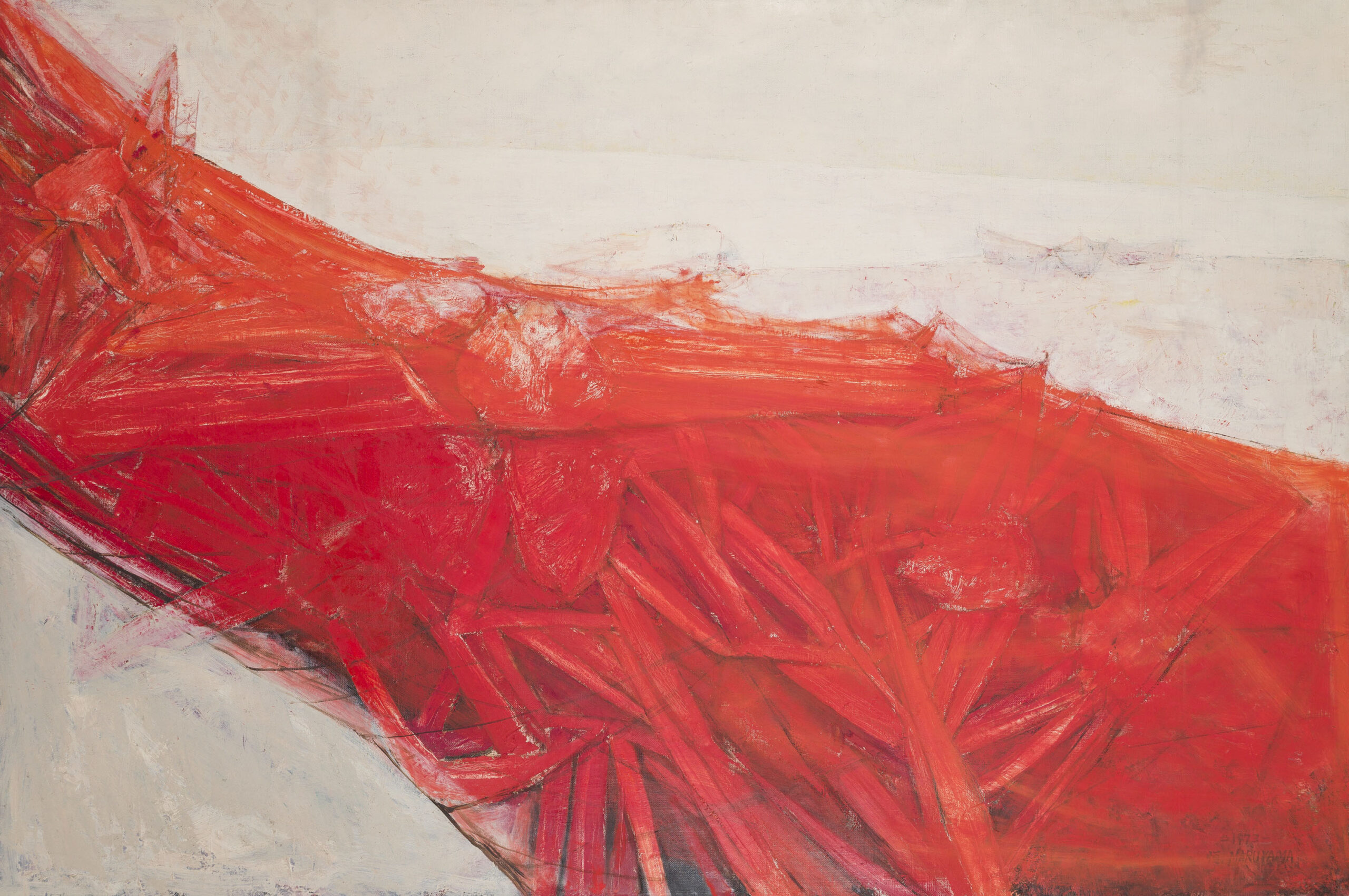 Sea Roar 1974 50th Shunyo Exhibition P80
Sea Roar 1974 50th Shunyo Exhibition P80
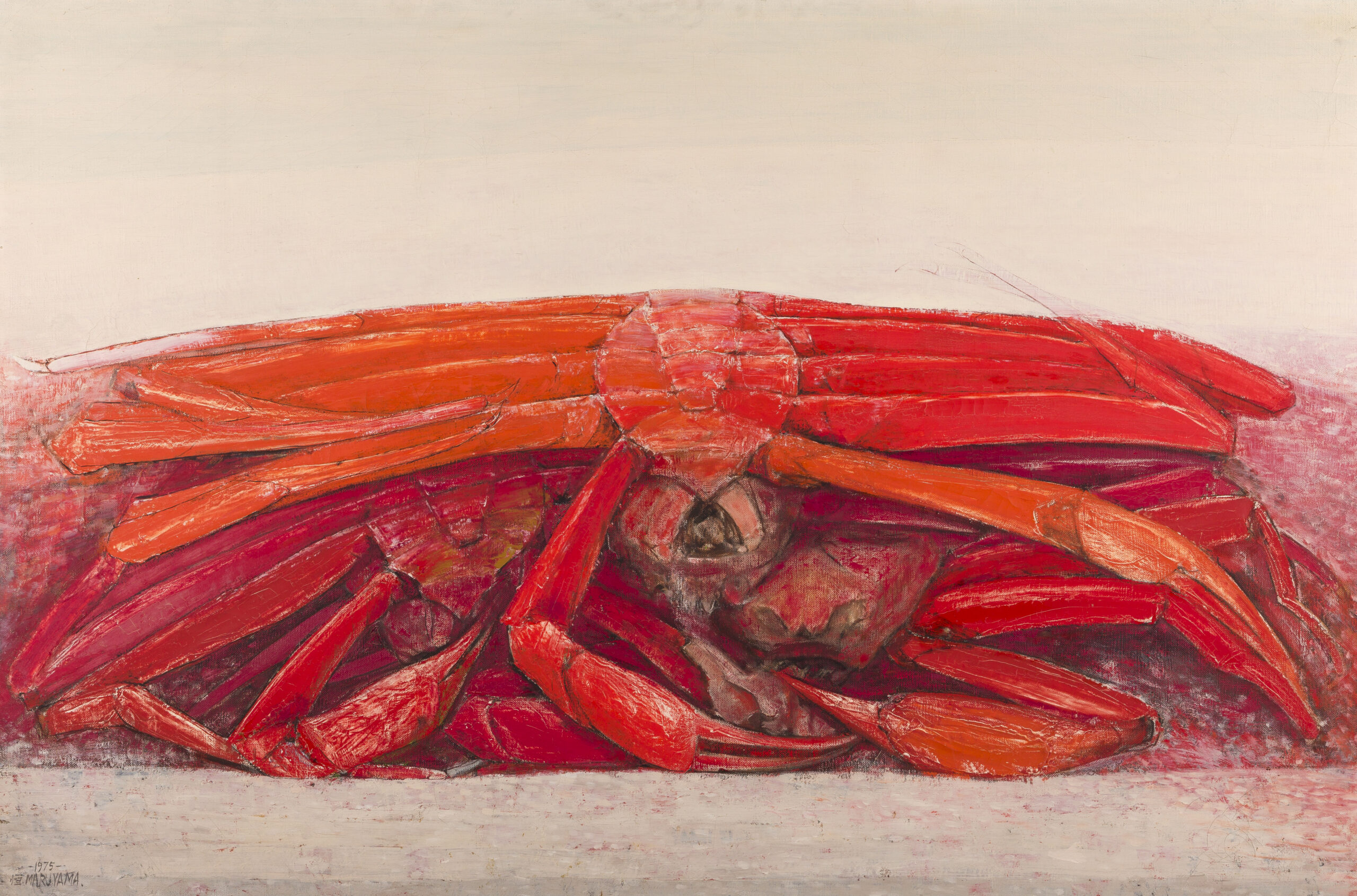 Three crabs 52th Shunyo Exhibition 1975 P80
Three crabs 52th Shunyo Exhibition 1975 P80
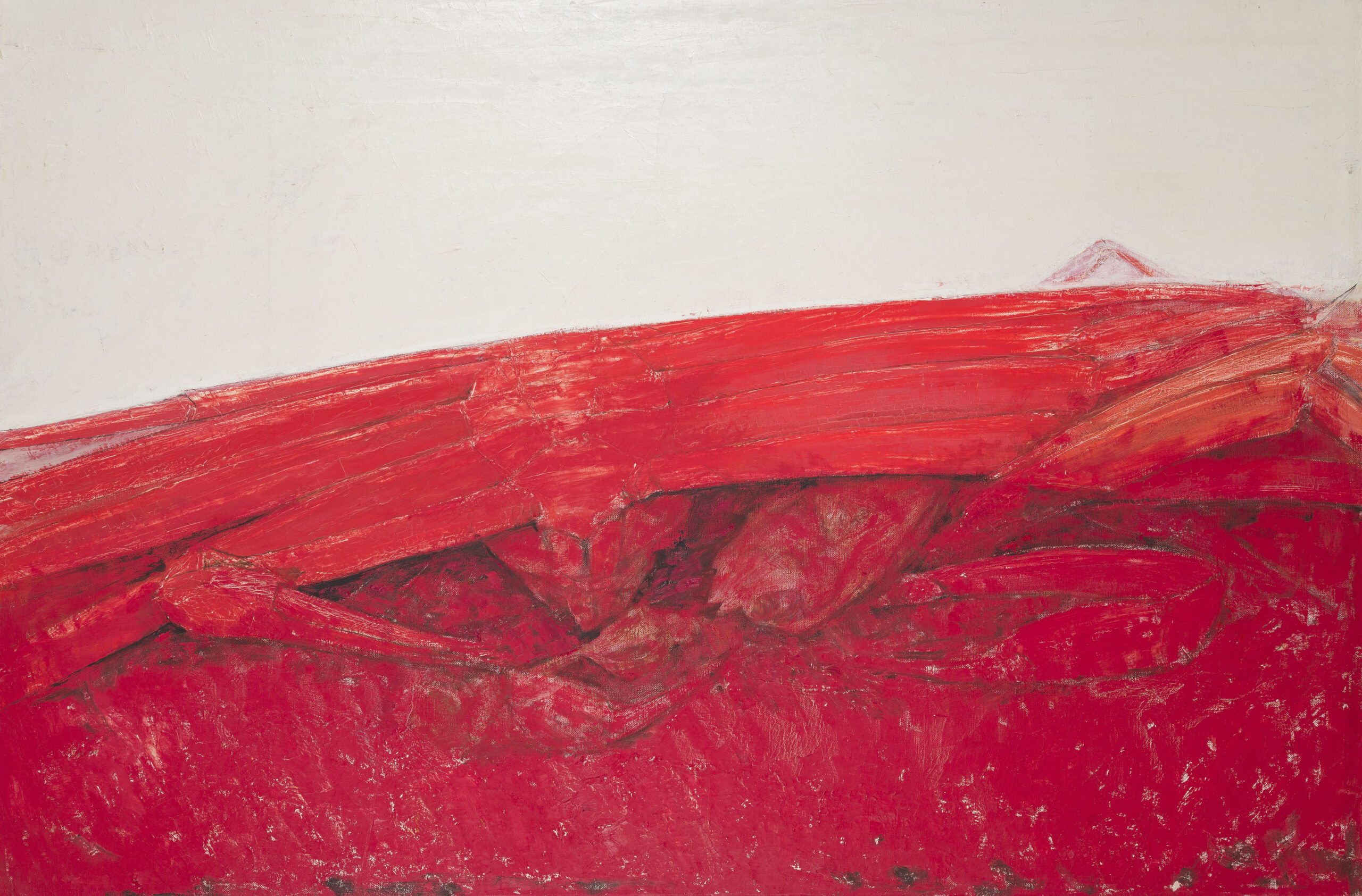 Crab 53th Shunyo Exhibition 1976 P80
Crab 53th Shunyo Exhibition 1976 P80
 Crab composition 54th Shunyo Exhibition 1977 S50
Crab composition 54th Shunyo Exhibition 1977 S50
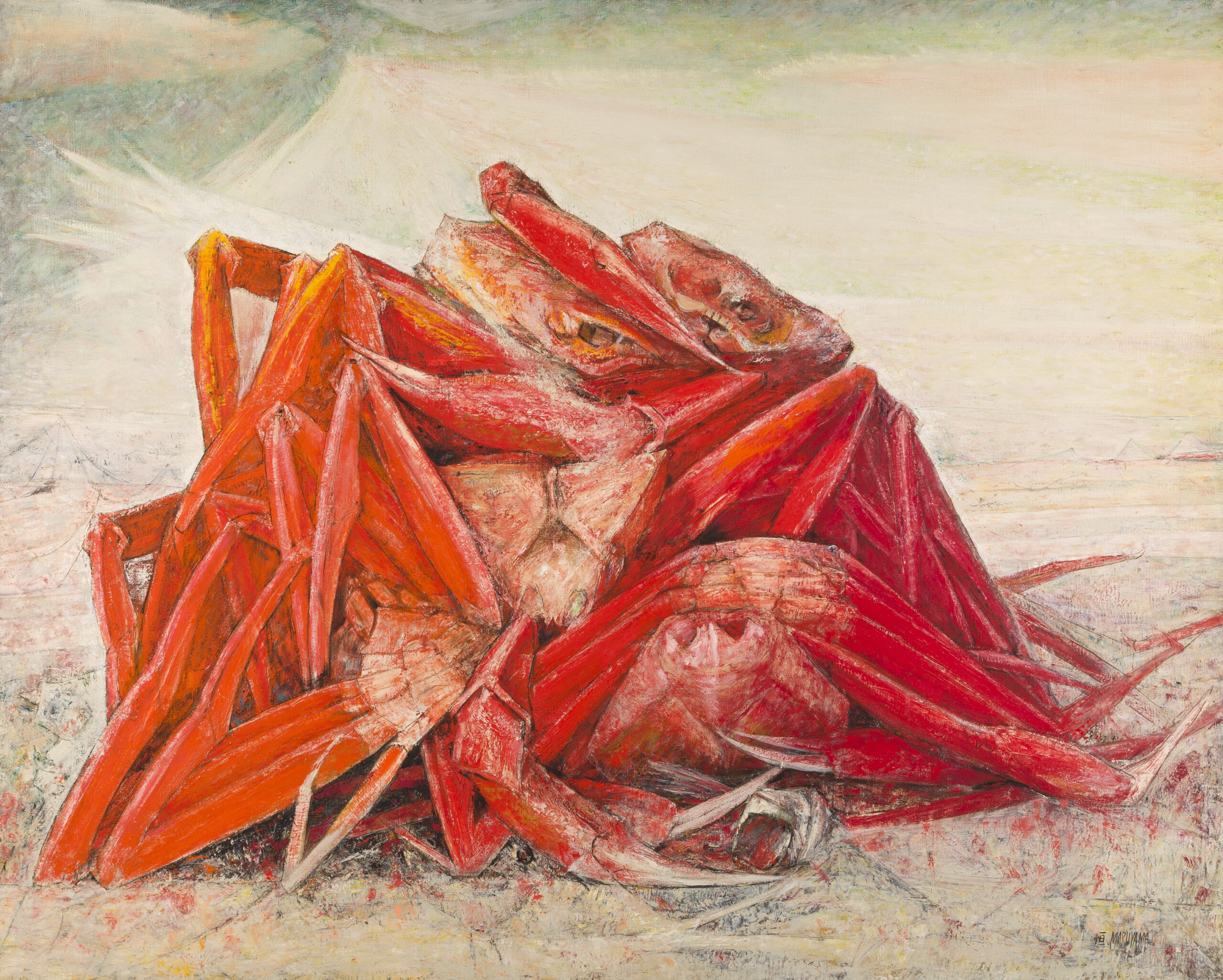 Accumulation 63th Shunyo Exhibition 1979 F100
Accumulation 63th Shunyo Exhibition 1979 F100
@2025 TSUNEO MARUYAMA Art Museum
